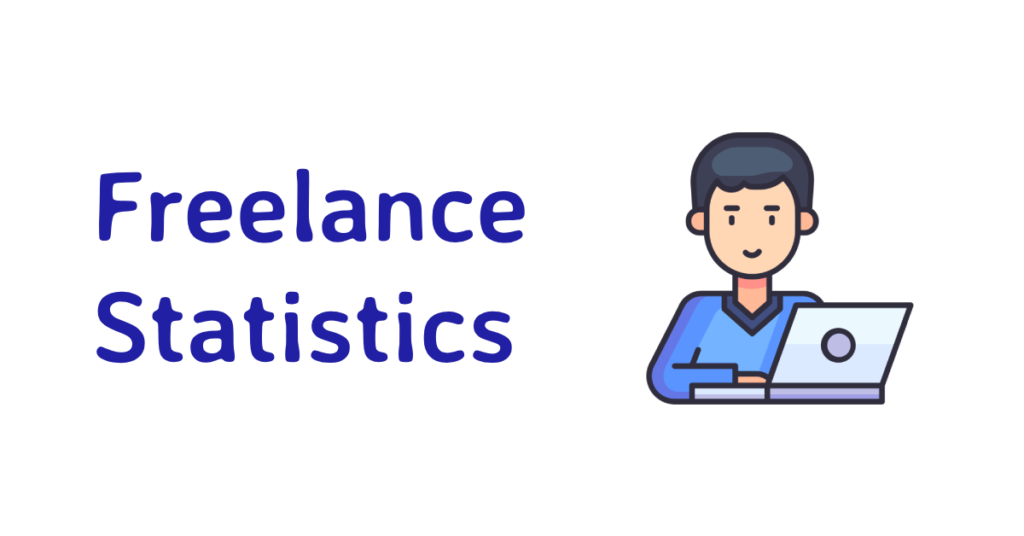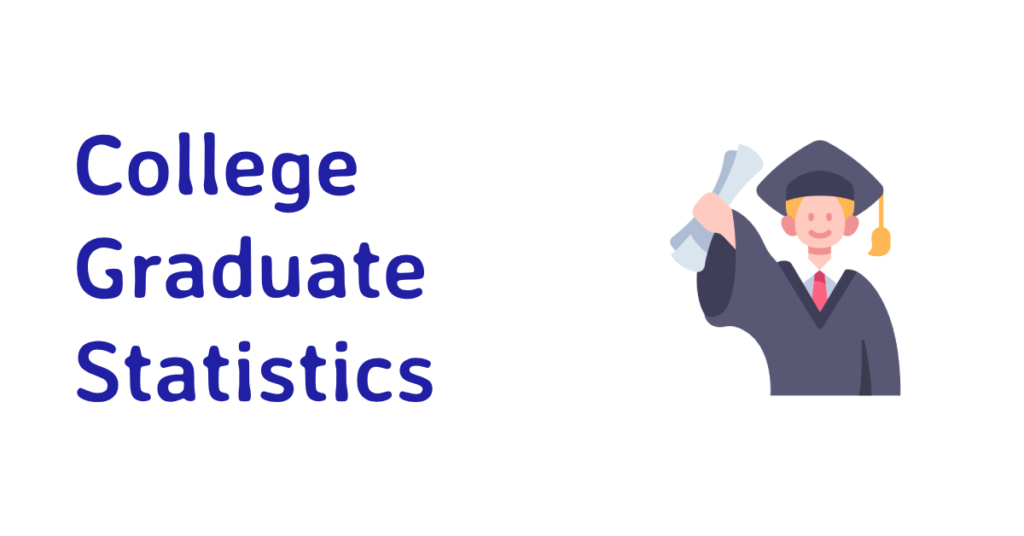How Many Schools In The US (Updated Statistics 2024)
- Author: Eduklass
- Updated: March 11, 2024

If you’re curious about the number of schools in the U.S. and other school-related statistics, keep reading!
You’ll discover information about private versus public schools, the count of charter and magnet schools, the percentage of schools covered under Title I, and more.
How Many Schools are in the US?
According to the National Center for Education Statistics (NCES), there are 98,755 public schools in the United States, along with 13,477 middle schools, 2,500 junior high schools, and 23,900 secondary schools. The number of schools available in 2018 increased by approximately 30% compared to 1980.
The Number of Students in the U.S.
Based on annual survey data from 1,219 ranked schools, ten colleges received the highest number of applications in 2019. On average, each college received 85,653 applications, representing 50% of the total.
Nine out of these 10 schools are National Universities offering various master’s and bachelor’s degrees.
ELL Public-School Students Stats
- In 2019, the percentage of English Language Learners (ELLs) in US public schools increased compared to 2018.
- West Virginia saw a notable rise from 0.8% to 10.2% of public school students being ELLs between 2018 and 2019.
- States with the highest ELL percentages in 2019 (10.0%) were Alaska, Nevada, Massachusetts, Illinois, Florida, Colorado, Washington, California, Texas, and New Mexico.
- An additional 23 states had ELL percentages ranging from 6.0% to 10.0%.
- Massachusetts experienced the largest positive percentage change (4.7%) in ELLs, while Nevada had the largest negative change (-5.7%) from 2018 to 2019.
Public vs. Private School Key Statistics
- Private schools in the United States, aside from public ones, are frequently operated by private companies, with historical roots tracing back to Catholic missionaries in the 16th century.
- Currently, 32,461 private schools are enrolling 5.72 million students, while public schools number 97,568 with 50.6 million students.
- Private schools, typically characterized by smaller student populations, often have religious affiliations, with Catholicism being predominant.
- Enrollment demographics in private schools are gradually becoming more diverse.
- Public school students predominantly reside in suburban areas, while private school students are commonly found in urban settings.
- Public schools receive government funding amounting to $640 billion, whereas private schools rely on student tuition fees, which are projected to reach $87.5 billion annually.
- Research indicates that private school students tend to achieve higher academic performance, but a child’s academic success is more influenced by family background than school type.
- Although private nonprofit schools are more prevalent in higher education, the choice between public and private schooling does not significantly impact a child’s education; personal factors like religion and finances play a significant role in the decision-making process.
Number of US Charter Schools
| STATE | ENROLLMENT IN CHARTER SCHOOLS |
| Alabama | 598 |
| Alaska | 6,778 |
| Arizona | 207,537 |
| California | 652,825 |
| Colorado | 124,562 |
| Connecticut | 10,433 |
| Delaware | 16,086 |
| District of Columbia | 39,085 |
| Florida | 313,557 |
| Georgia | 65,740 |
| Hawaii | 11,565 |
| Idaho | 23,359 |
| Illinois | 64,795 |
| Indiana | 49,813 |
| United States Total | 3,290,149 |
Public Primary School Statistics
- Public primary schools provide students with an inclusive and well-supported educational foundation, emphasizing diversity, community involvement, and lifelong learning.
- From 1980, with an initial enrollment of 27.65 million K-8 students, public primary school enrollment has steadily increased, reaching a peak of 35.5 million students in 2018, marking a growth rate of 26.9% (EDI, 2021).
- Presently, there are 67,408 public elementary schools out of a total of 87,498 elementary schools in the U.S. (Admissions, 2021).
- Approximately 35.1 million, or 69.4%, of all public K-12 students are enrolled in public primary schools.
- Among these students, the largest class sizes are found in Grades 6-8, totaling 11.49 million or 32.7% of K-8 students.
- However, enrollment is expected to decline after 2018, projected at a rate of 1.14%, and is anticipated to continue until 2023. This decline is likely attributed to increased restrictions during the COVID-19 pandemic, which impacted physical attendance nationwide.
Public Secondary School Statistics
- Public secondary schools play a crucial role in preparing students for college, fostering a deeper, sustainable, and globally oriented approach to learning.
- Beginning with 11.34 million students, secondary school enrollment increased by 15.20 million by 2018, with an anticipated growth rate of 2.32% in subsequent academic years.
- Since 1990, enrollment in public secondary schools has risen by 3.71%, surpassing enrollment in public elementary schools, despite fewer students reaching this level.
- Presently, there are 23,872 public secondary schools out of a total of 15.55 million secondary schools in the U.S.
- Public secondary schools enroll 91% of all secondary school students, with approximately 30.6% of all public K-12 students attending these schools.
- On average, each public secondary school has 651 students, with Grade 9 having the largest class size, totaling 4.19 million students.
- Currently, there are 48.1 million students enrolled in public secondary schools (NCES, 2020).
- Graduation rates from public schools increased by 0.2% after 2018, with an estimated 3.62 million students expected to graduate by Spring 2020. The Adjusted Cohort Graduation Rate (ACGR) rose to 85% between 2016-2017, the highest measure of public school graduates since its inception in 2010-2011 (Admissions, 2021).
Private Schools in the United States
- Around 10.9 million families with children in grades K-12 have annual incomes of roughly $75,000 or higher.
- 87% of these families have children who attend public schools exclusively, while only 11% have children enrolled in private schools (Average Private School Tuition Statistics).
- On average, private schools have fewer students compared to public schools.
- Private schools typically have around 166 students on average, while public schools have an average of 526 students.
Sources:
- https://ballotpedia.org/Number_of_schools_by_school_type_in_the_U.S.
- https://www.idp.com/middleeast/study-in-usa/why-the-usa/?lang=en#:~:text=The%20United%20States%20of%20America,to%20study%20in%20the%20US.
- https://www.mastersportal.com/articles/1216/7-reasons-why-students-think-usa-is-the-holy-grail-of-higher-education.html
- https://www.census.gov/programs-surveys/sis.html
- https://admissionsly.com/education-statistics/
- https://www.signatureprep.org/?gclid=CjwKCAjw9aiIBhA1EiwAJ_GTSpGS4chBtgZbUTfRlnNoeVFhwxIaY6d6CeCP5kGgWr5eEhKBkXipKRoCZSkQAvD_BwE
- https://www.speyerlegacyschool.org/
- https://www.migrationpolicy.org/article/international-students-united-states-2020#:~:text=About%201.1%20million%20international%20students,(SY)%202019%2D20.&text=One%20in%20five%20of%20these,chose%20to%20defer%20their%20studies.
- https://www.idp.com/middleeast/study-in-usa/why-the-usa/?lang=en
- https://shorelight.com/student-stories/9-reasons-to-study-in-the-usa/
- https://ballotpedia.org/Private_school_participation_statistics



